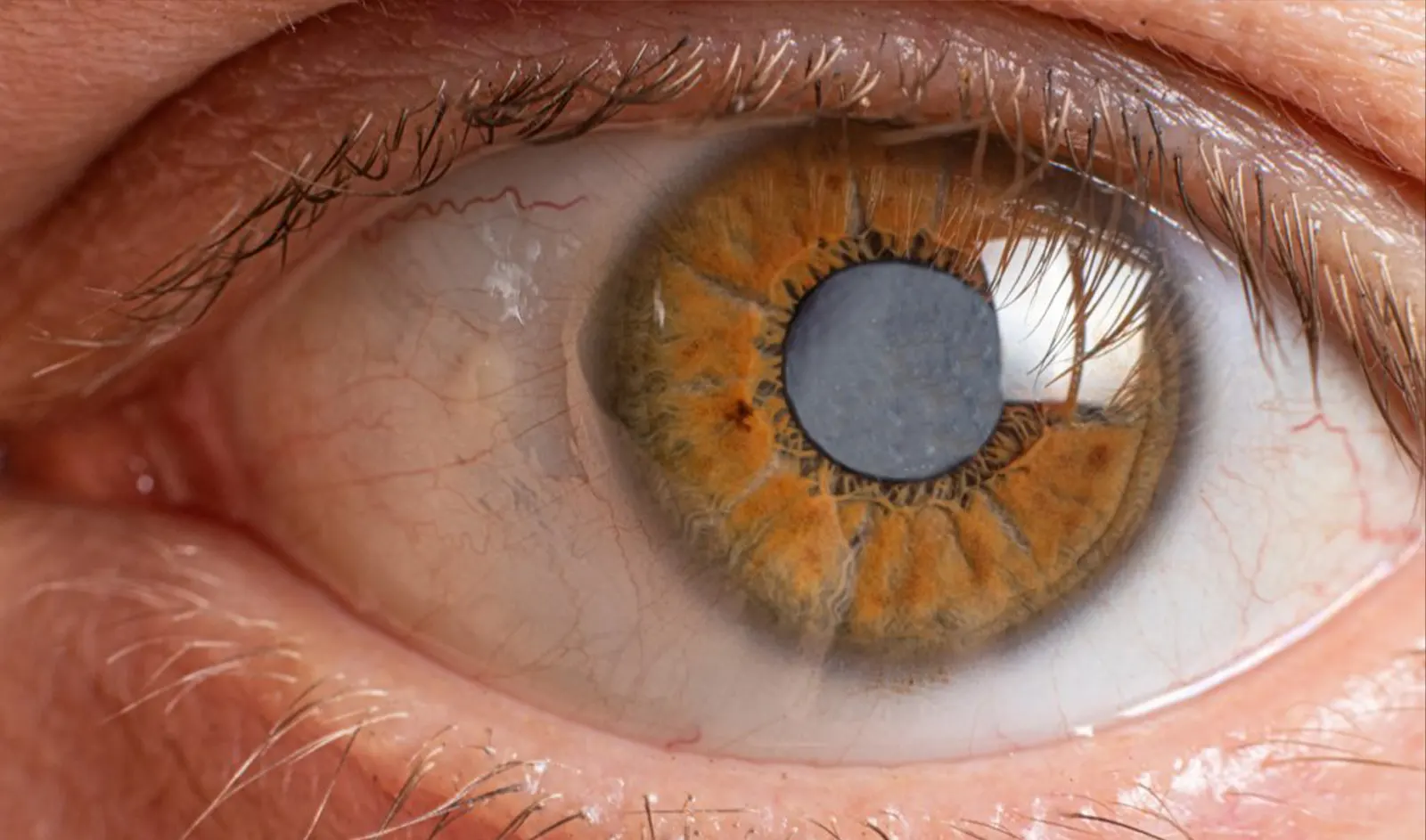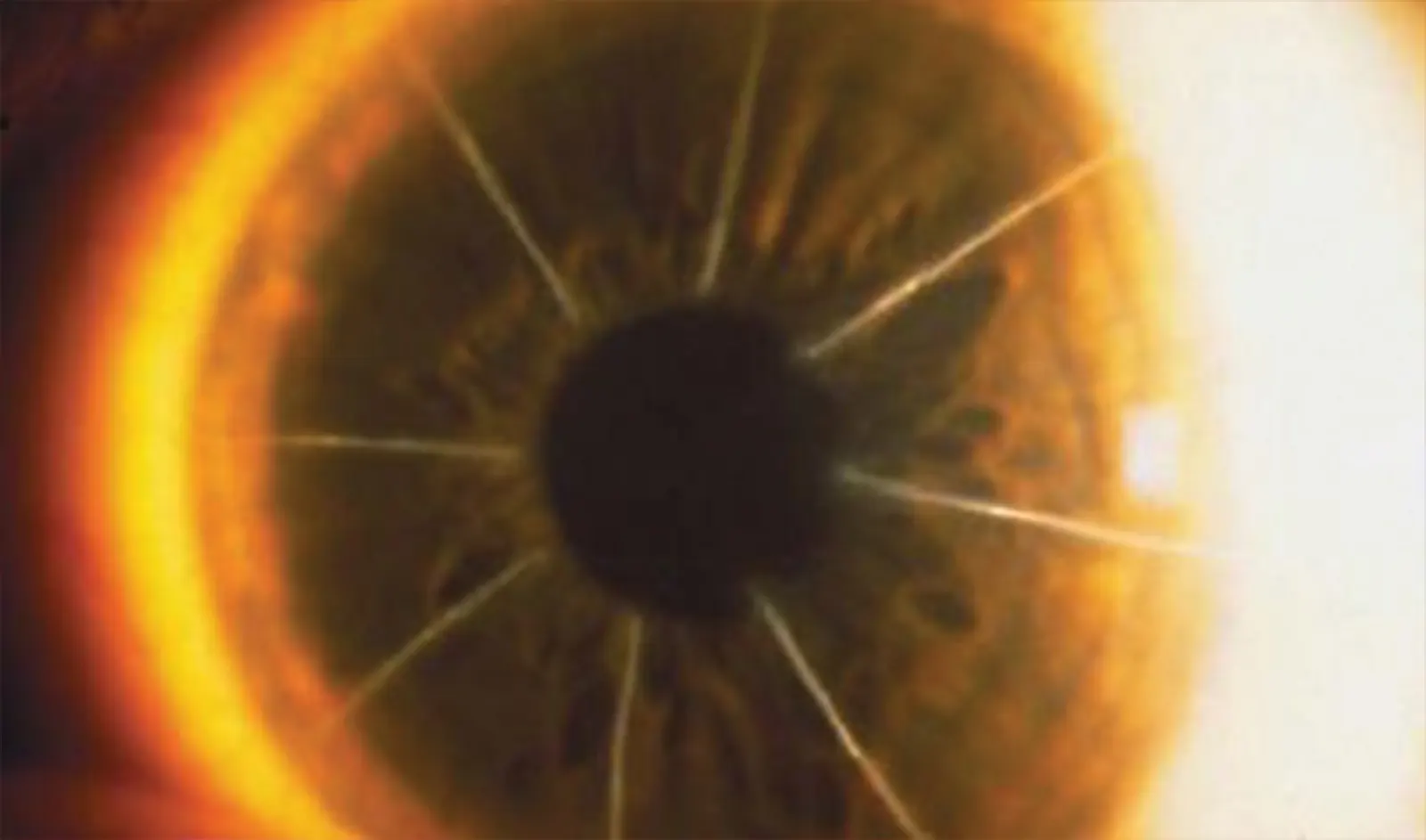Technically, the treatment of high myopia (-9 to -16 diopters of correction) or high hyperopia (+3 to +6 or more) is not a corneal repair, but it is a complex procedure that few surgeons undertake. The treatment of high myopia in many ways is significantly improved by topographic guided ablation as a much more uniform cornea with a large optical zone is created, minimizing the aberrant optics that lead to poor night vision. This latter problem has been the main issue with treating high myopia with excimer laser in the past, and many surgeons place ICL lenses in the eye for high myopia correction. ICL lenses have a series of complications, such as creation of cataract and endothelial cell loss. This latter has the potential to cause serious corneal complications leading to corneal transplant in the long term, and not enough long-term data exists to show whether or not ICL use will contribute to corneal failure long term. Any procedure that enters the globe of the eye, such as implantation of ICL, will also have a small rate of serious eye complications such as endophthalmitis (internal eye infection) and retinal issues.
The use of topographic guided ablation does not enter the globe of the eye, is performed within the cornea, and also removes the biological flaws (higher order aberrations) in the cornea that scatter light. Our experience has demonstrated patients when fully treated with Wavelight Contoura topographic guided ablation utilizing the LYRA Protocol often have no significant worsening of night vision, and have no issues seeing at night even with very high corrections.
Treatment of high hyperopia does not necessarily need to utilize the LYRA Protocol, as the reshaping of the cornea is different. Many surgeons for years would not correct hyperopia over a +3 or +4, as studies utilizing the older lasers with older ablation pattern in the early 2000’s showed poor effectiveness. This continued even as newer lasers such as the WaveLight Allegretto 400 and EX500 were FDA approved up to +6.00. Dr. Motwani understood that high hyperopia could be treated effectively, and it was the frustration with inertia in the refractive surgery field that was instrumental in his entering the academic research world. Dr. Motwani published the first paper focused on treatment of high hyperopia, and demonstrated that the outcomes were BETTER than those of published results of low hyperopia 15 years prior. This finally led to more surgeons treating high hyperopia patients.
As an interesting aside, Dr. Motwani has benefitted himself from these protocols, as he was a high myope (-9 and -10) who had his original laser surgery flaws repaired with the CREATE Protocol in 2020. In fact he was the first patient he applied his own research to as he was so confident in the outcomes from his research.

Cataract Surgery is the most performed surgical procedure in the United States, and has a phenomenal track record for improving…
Read More
The treatment of trauma with topographic-guided ablation depends on the level of scarring caused by the trauma, the position of…
Read More
In the dynamic world of eye care, keratoconus treatment has become a focal point due to the condition’s impact on…
Read More